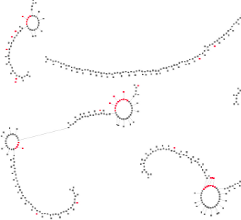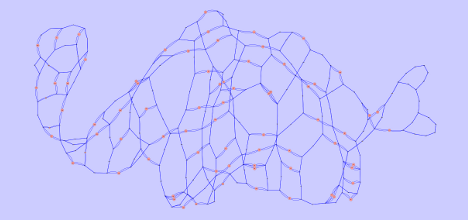News
- 2022-03-23: Docker image of KisSplice, KisSplice2RefGenome and kissDE With latest versions.
The trainings also show command lines to use the docker image. - 2022-03-22: KisSplice2RefGenome version 2.0.5 Git repository.
Bug correction with --counts parameter. KisSplice2RefGenome is now accessible on the Inria GitLab repository. - 2022-03-16: KisSplice version 2.6.0 Git repository.
Major install and run speed-up for kissplice, uses of strandeness information in kissreads. KisSplice is now accessible on the Inria GitLab repository. - 2020-04-06: KisSplice version 2.5.0 Release.
Now includes bcalm (https://github.com/GATB/bcalm): major speedup, lower memory footprint for graph construction. - 2018-03-09: Our SR paper on assembly-first analysis of alternative splicing is published. Full protocol to reproduce the results is available here. Video (in french) explaining the work is available here.
- 2018-02-21: KissDE is now on Bioconductor
- 2017-02-28: Our AMB paper is published. We show that controlling the number of branching k-mers improves both local and global transcriptome assemblers
- 2016-07-31: Our NAR paper is published. Full protocol to reproduce the results is available here
KisSplice
KisSplice is a software that enables to analyse RNA-seq data with or without a reference genome. It is an exact local transcriptome assembler that allows to identify SNPs, indels and alternative splicing events. It can deal with an arbitrary number of biological conditions, and will quantify each variant in each condition. It has been tested on Illumina datasets of up to 1G reads. Its memory consumption is around 5Gb for 100M reads.
KisSplice is not a full-length transcriptome assembler. This means that it will output the variable regions of the transcripts, not reconstruct them entirely.
KisSplice comes as a workflow, with several possible post-treatments meant to facilitate the analysis of the results. The choice of the post-treatment depends on the availability of a reference genome/transcriptome and on the need to perform a differential analysis, as summarised in the following table.


